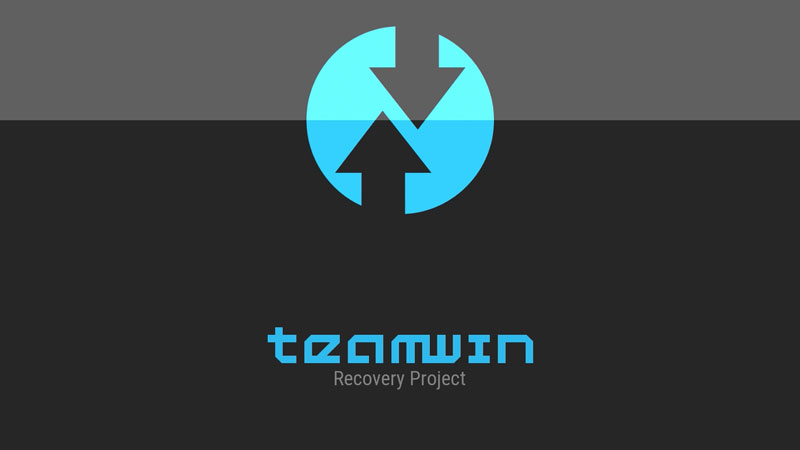Huawei has entered the premium smartphone competition with the release of the P20 and the P20 Pro. Huawei’s’ new P20 Lineup has outdone every single smartphone in the camera department. The P20 Pro has grabbed the top spot at the DxOmark rankings. The phone beats the Galaxy S9 Plus by 10 marks.
The P20 series is a sight to behold. These phones do not only pull out the best smartphone cameras, they are also equipped with the top-notch hardware. The build quality of the phones is equally good and the phones come in mouth-watering colors.
If you are planning to get Huawei P20 or P20 Pro, you are going to enjoy the powerhouses. To further your experience on these phones, you can customize these phones. Luckily, these phones are warmly welcomed by the Android custom development community.
It did not take too long for the developers to crack the phones and come up with the custom recovery builds. The famous TWRP custom recovery is already available for the P20 and P20 Pro. It means you can now unleash the real beast hidden inside your P20 handset.
The TWRP custom recovery for the Huawei P20 and P20 Pro is in fully working state. You don’t need to worry about the decryption anymore as this recovery will automatically decrypt the internal storage. The MTP and OTG connections are working fine as well. The recovery also fully backs up and restores all the data. After installing the recovery, you can immediately root the phone as well. All you have to do is to flash Magisk or SuperSU in the form of zip file.
Before we take you through the guide to install TWRP recovery and root Huawei P20/P20 Pro, we would like to thank the recovery developer Pretoriano80. It’s because of his hard work that we are capable of getting the best out of the brand new Huawei P20 phones.
Disclaimer: Flashing custom recoveries and rooting your phone voids the warranty of your phone. This means after flashing a custom recovery or rooting the phone, you can no longer claim the warranty of your phone and you are not eligible for free services anymore. If you are not new to the recovery and rooting stuff, you can go ahead and follow the method given below. The method is verified and it’s supposed to work perfectly only if you follow each and every single step properly. However, since this is a completely custom process, you still need to be extra careful. Ensure that you are going to root your phone at your own risk. In case something goes wrong, Huawei, the recovery developer or TechBeasts may not be held responsible.
Contents
What do you need to install TWRP Recovery and Root Huawei P20/P20 Pro
- A computer running Windows, Mac or Linux.
- Minimal ADB and Android drivers installed on your computer. You can get them from below.
- Huawei USB Drivers installed on your computer.
- A Huawei P20 or P20 Pro.
- Original data cable of your phone.
- This guide.
Important instructions before you flash TWRP or Root Huawei P20 or P20 Pro
- Your phone must be charged up to 50% so that it doesn’t die during the recovery flashing process.
- Backup each and everything from your phone before following the procedure.
- Unlock the bootloader of your Huawei P20 and P20 Pro.
- Enable OEM Unlocking and USB Debugging mode on your phone.
- Disable Windows Firewall or any Antivirus if you have one.
- Do not try this guide on any phone other than Huawei P20 and P20 Pro.
- Follow this guide carefully now.
Tools you need to download for the process
- Minimal ADB and Fastboot Drivers – Download and Install
- Huawei USB Drivers – Download and Install
- TWRP Recovery.img file – Download the file, rename the file to twrp.img only. Copy the file to C:\Program Files (x86)\Minimal ADB and Fastboot.
- The latest version of Magisk – Download and copy it to your phone’s internal storage.
How To Install TWRP Recovery and Root Huawei P20/P20 Pro
- Make sure your phone’s bootloader is unlocked and you have followed all the steps given above.
- Open the Minimal ADB and Fastboot.exe file from your computer’s desktop.
- Now connect your Huawei P20 or P20 Pro to your computer.
- Your phone will ask for some permissions, give it the permissions right away to establish a connection.
- Now in the command window opened on the computer, type Adb devices and hit enter. This command will return a code verifying connection with your phone.
- After successful connection, enter the following commands one by one.
- adb reboot bootloader
- Your phone will reboot into the bootloader mode. Wait to see the bootloader mode on your phone. As soon as you see the bootloader mode, enter the next command.
- fastboot flash recovery_ramdisk twrp.img
- Hit enter and this command will flash the custom recovery on your phone. The recovery will take a few seconds to be installed. Now you need to check if the recovery has been installed properly or not. Go ahead and enter the following command.
- fastboot reboot
- Enter this command and press the Volume Up key immediately. Keep the Volume Up key pressed. You can unplug the phone now. It will take a few minutes for your phone to boot into the TWRP recovery mode.
- Alternatively, you can enter this command to directly get into TWRP: fastboot reboot recovery
- adb reboot bootloader
- Now that your phone is in the TWRP recovery mode, enter your phone’s lock-screen pin or password to enter inside.
- Tap Install > Install Zip > Find Magisk and flash it.
- Now get back to the main menu in TWRP and tap Reboot > System.
- Once your phone is in the system, you can open Magisk from the app drawer to verify root. That’s all.
That’s all. If you are facing any issues or you have any queries related to this post, you can reach out to me using the comments form below or through our contact us page. Best of luck!















